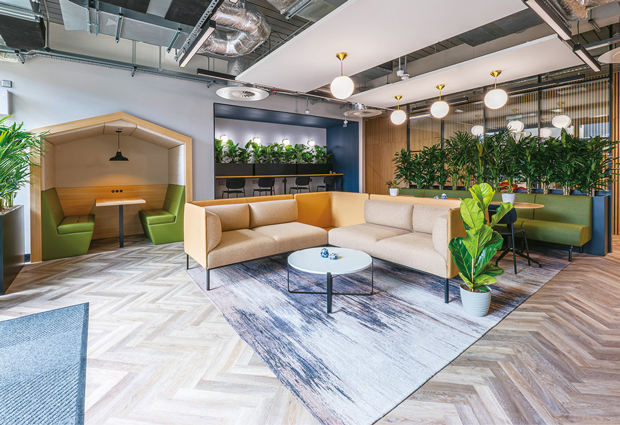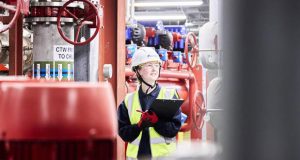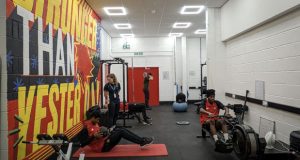 Ana Bajri, Head of Sustainability, RO Group – Discusses a recent case study at Silbury House in Milton Keynes
Ana Bajri, Head of Sustainability, RO Group – Discusses a recent case study at Silbury House in Milton Keynes
The design of attractive and desirable office spaces is an area of high priority for businesses in a post-pandemic world. Many employers are in a constant battle with employees to ditch remote working, and the pressure is on to provide healthy work environments for office occupiers. More than ever, offices must contribute to the wellbeing of employees, a key issue for many in-demand professionals.
How do we deliver workspaces that people want to occupy, while also doing so sustainably? Employees also like to know that their workspaces have been furnished in accordance with low environmental impact principles, creating another key objective for landlords.
At Silbury House in Milton Keynes we have taken a holistic approach to sustainable practices, from demolition, to design and operations. The workspaces in the building demonstrate how office spaces can be designed which are attractive, support the wellbeing needs of the users through enhanced ergonomics, while also being socially and environmentally responsible.
We collaborated with JPA Workspaces and Swedish company Kinnarps to procure truly sustainable furniture solutions that deliver benefits to users and the environment. This process has reinforced several lessons.
Artistic skill ensures that pieces created from sustainable materials, and which are durable – negating the need for regular replacement – are attractive and unique. Scientific skill ensures resistance to wear and tear, meaning less maintenance is required. This longevity in furniture also lessens the need for upkeep, and therefore, of waste. Science must therefore back up the credentials of sustainable furniture. Kinnarps’ focus on sustainability was a decisive factor in our selection of their pieces.
The innovative modularity of their designs allows items to be updated and adjusted for changing needs. As soon as an element, or part of, an item of furniture needs replacing down the line, the old part can be recycled and the new part can slot into the remainder of the item – ensuring that manufactured parts are used for as long as possible.
Because an often overlooked step in furniture’s journey is masses of waste, prior to each delivery, their furniture is wrapped in reusable blankets to minimise traditional packaging, which would normally go straight into waste.
Occupiers of the furnished suites at Silbury House can not only enjoy the attractive design of the furniture, but as the landlord, we can support tenants in achieving their ESG commitments through the data we have available to measure the environmental impact and whole life cycles of furnishings.
The appointment of offices can no longer just entail desks and chairs being plonked down. The process must be approached as an art and science. Creativity is required to design aesthetically pleasing spaces that office workers are happy to keep returning to, and which help them to deliver their best work – for both personal fulfilment and career progression, as well as the success of the employer.
Scientific understanding and technical skills ensure designs are environmentally responsible, functional, of high quality and long-lasting. By combining these elements, sustainable furniture not only meets the needs of the present but also contributes to sustainability with future generations in mind. We can strive for enhanced environmental efficiency in modern offices, for today and for tomorrow.





